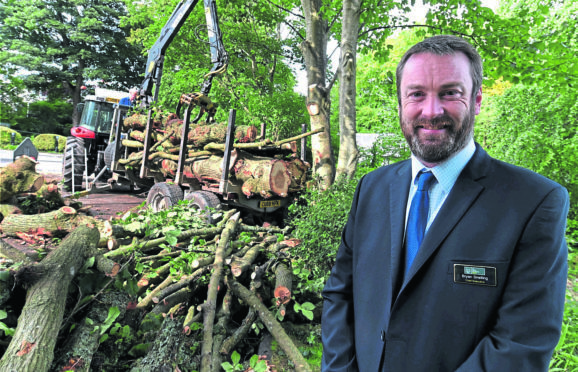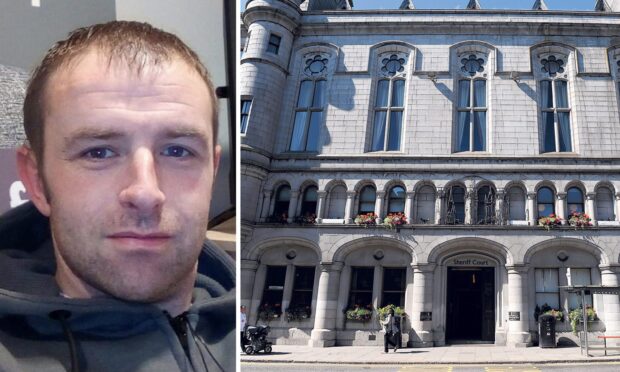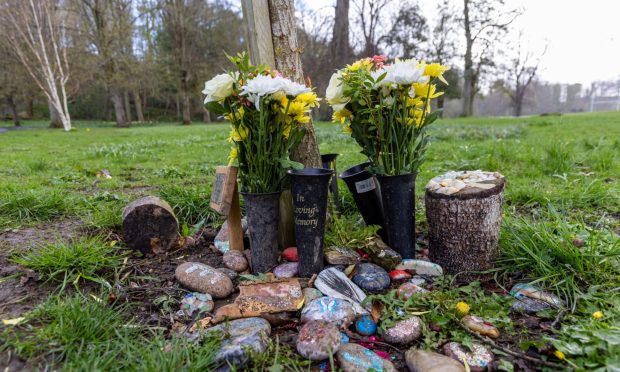Work is under way to recreate a First World War trench at the Gordon Highlanders Museum.
The trenches of northern France were the scene of death, misery and disease on a scale almost unimaginable in modern times.
Faced with terrible deprivation, British soldiers lived with the ever-present threat of going over the top, repelling assault or the horror of a gas attack.
Such hardships will thankfully not face those who, in the months and years to come, visit the replica trench now under construction at the Gordon Highlanders Museum in Aberdeen.
But the staff hope it will nonetheless illustrate to present-day audiences just what was involved in the warfare that came to define the First World War.
Work began yesterday as part of a project expected to cost between £30,000 to £40,000 and the museum is confident it will be completed by the end of October.
That will enable it to become the centrepiece of the commemorations the museum is organising to mark the centenary of the end of the conflict in November 1918.
The attraction would then open fully to the public in 2019, becoming a vital teaching tool for children and adults alike.
The Gordon Highlanders Museum has faced financial problems since the oil and gas downturn in the region, but has managed to raise more than £230,000 over the last 15 months to protect the popular facility’s long-term future.
This included a £10,000 donation from the Press and Journal.
Its chief executive Bryan Snelling said yesterday he believes the Trench project will demonstrate to the north-east public the scale of the sacrifice made by troops from the Gordon Highlanders and many other regiments who fought in the war 100 years ago.
Mr Snelling said: “We are very excited to see this project finally get started.
“This has been quite a while in the planning stage and the prospect of seeing it become a physical structure will be wonderful.
“We are confident that the trench will not only help visitors and schools understand what life in the trenches was like for the Gordon Highlanders, but also help support the future of the museum as one of our premier exhibitions.
“It is hoped the trench will be completed, ready for the November 11 commemorations, after which it will be open properly to the public at the start of the new 2019 season.
“We are hoping for an official opening next spring.”
First on site yesterday were tree surgeons, preparing the ground for the trench by cutting down a small number of diseased trees.
Teams will then arrive later this week to begin groundworks and then construction of the trench itself.
The museum is planning a series of other events around the armistice and will confirm details of these in the next few weeks.










